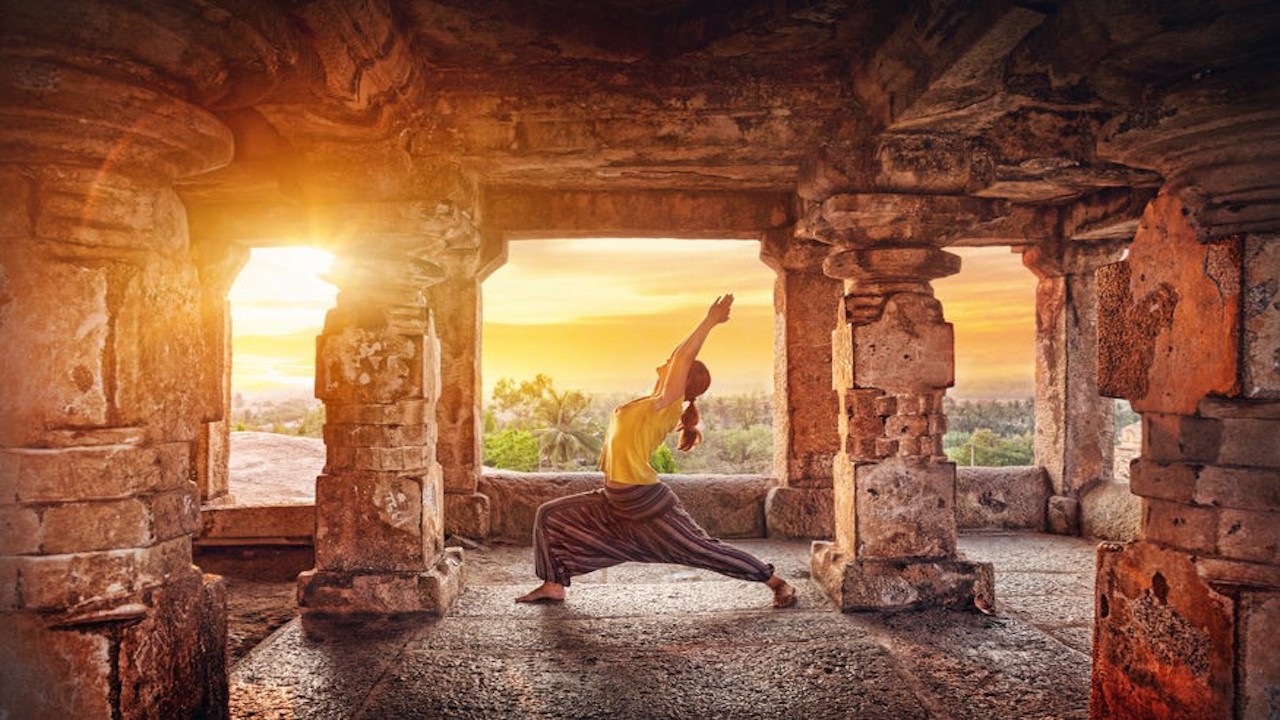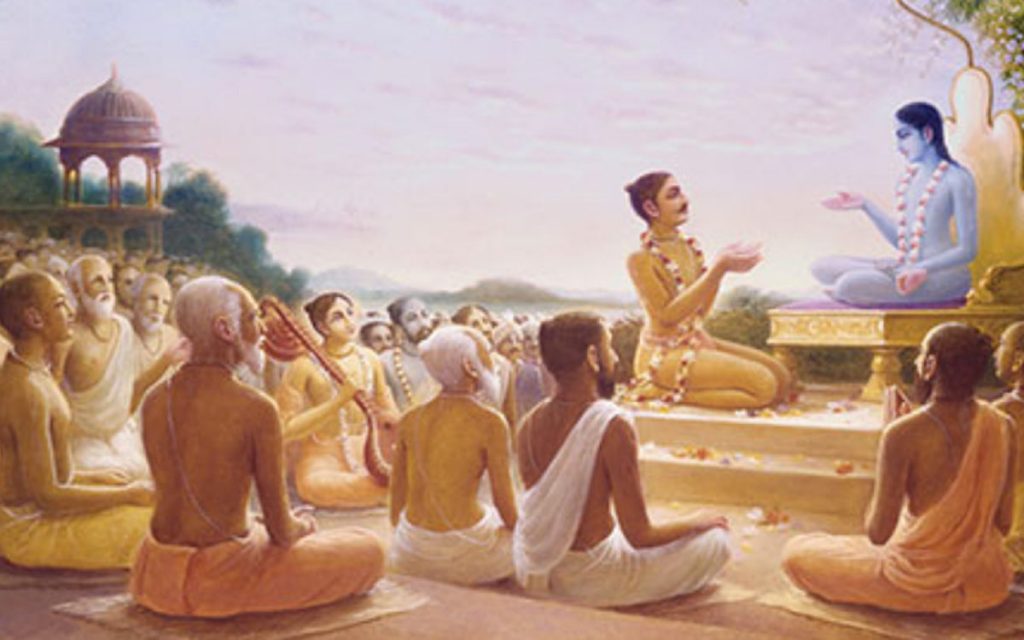
History Of Yoga
Yoga has been around for centuries, and its beginnings can be traced back to ancient India. It was first popularized in the West in the late 19th century, and has since become a widely accepted form of physical, mental, and spiritual practice. While traditional yoga practices are still used today, the practice has evolved over time to include many different styles and disciplines.
Some of the oldest forms of yoga include Hatha, Raja, Karma, and Jnana Yoga. These styles emphasize the connection between the mind, body, and spirit, and focus on breath control and meditation. In recent decades, more modern forms of yoga such as Vinyasa, Ashtanga, and Yin Yoga have become increasingly popular. These styles focus on movement, relaxation, and flexibility. Regardless of the style practiced, yoga is a great way to improve your physical and mental health.
The Pre-Classical Era of Yoga
The practice of yoga can be traced back over 5,000 years ago, making it one of the oldest fitness regimes in existence. The discipline was born in India and its origins are closely linked to the country’s ancient religious and spiritual traditions. The pre-classical era of yoga is thought to have begun around the 5th and 6th centuries BCE. This was a time when various schools of thought and philosophy were flourishing in India. It was also during this period that the Upanishads, a key sacred text of Hinduism, were composed.
The Upanishads contain some of the earliest references to yoga. They discuss the practice of meditation and the attainment of a higher state of consciousness, which are both key components of yoga. The pre-classical era also saw the development of two other important texts on yoga: the Bhagavad Gita and the Yoga Sutras of Patanjali. The Bhagavad Gita is a section of the Hindu epic Mahabharata and it contains a dialogue between the god Krishna and the warrior prince Arjuna. In this text, Krishna expounds on the importance of yoga and how it can be used to attain liberation from the cycle of birth.

The classic era of yoga
It has been characterized by the development of a synthesis of the tantra and hatha yoga traditions. This synthesis began in the Gupta period (c. 4th to 5th centuries CE). It was further developed in the medieval period, culminating in the formulation of the Yoga-sutras of Patanjali in the 2nd century CE. hatha yoga, as it is commonly known today, is thus a product of the fusion of these two traditions.
The tantric tradition emphasizes the use of rituals and practices to channel and control the energies of the body, while the hatha yoga tradition emphasizes the use of physical postures and breathing exercises to purify the body and mind. This synthesis of tantra and hatha yoga is sometimes referred to as "classical yoga", although this term is somewhat misleading, as it implies that there is a single, unified tradition of yoga, which is not the case.
The post classic era of yoga
The classic era of yoga refers to the period of time between the 5th and 10th centuries CE when the practice of yoga began to take form. This was a time of great change in India, as the country began to absorb influences from other cultures. Yoga emerged as a response to these changes, and its popularity quickly spread across the subcontinent. The classic era of yoga saw the development of many different schools of thought, each with its own unique approach to the practice.
The modern era of yoga
The modern era of yoga is considered to have begun in the early 20th century, with the work of T. Krishnamacharya in Mysore, India. Krishnamacharya is often credited with reviving traditional yoga practices and popularizing them for a modern audience. His students included some of the most influential yoga teachers of the 20th century, including Krishnamacharya's son T.K.V. Desikachar, B.K.S. Iyengar, Pattabhi Jois, and Indra Devi.
Since the mid-20th century, yoga has undergone a rapid transformation. It has been popularized in the West, often in a form that is very different from the traditional practice. Today, there are many different types of yoga, each with its own unique focus and approach.


